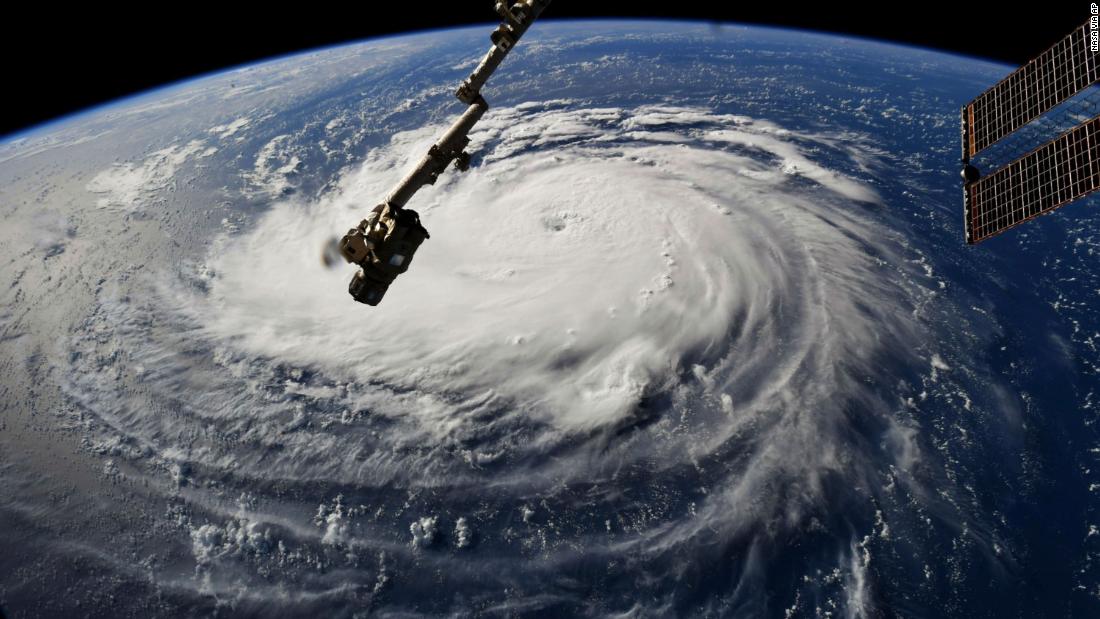
Florence, a Category 3 hurricane packing 115 miles per hour winds, is churning ominously with its sights set on the Carolinas. How worrisome is it? Here’s how a National Weather Service meteorologist in Wilmington North Carolina described it:
“This will likely be the storm of a lifetime for portions of the Carolina coast, and that`s saying a lot given the impacts we`ve seen from Hurricanes Diana, Hugo, Fran, Bonnie, Floyd, and Matthew. I can`t emphasize enough the potential for unbelievable damage from wind, storm surge, and inland flooding with this storm.”
Here are some facts that show the power of this monster of a hurricane.
- If Florence makes landfall as a category 4, which is possible if it gets to land before it stalls, it would be the strongest storm to make landfall anywhere on the East Coast since 1992, when Hurricane Andrew hit.
- The tropical storm-force winds stretch more than 315 miles, which is far enough to reach from Washington DC to Charlotte, North Carolina.
- The winds cover an area more than 73,000 square miles — larger than every state east of the Mississippi River.
- There are more than 25 million people facing the threat of the storm. The “forecast cone” from the National Hurricane Center extends from Virginia to Alabama as of Wednesday morning.
- Rainfall could reach 40 inches in isolated locations of coastal North Carolina. For comparison, Washington DC averages 40 inches of rain in an entire year.
As reported by CNN
